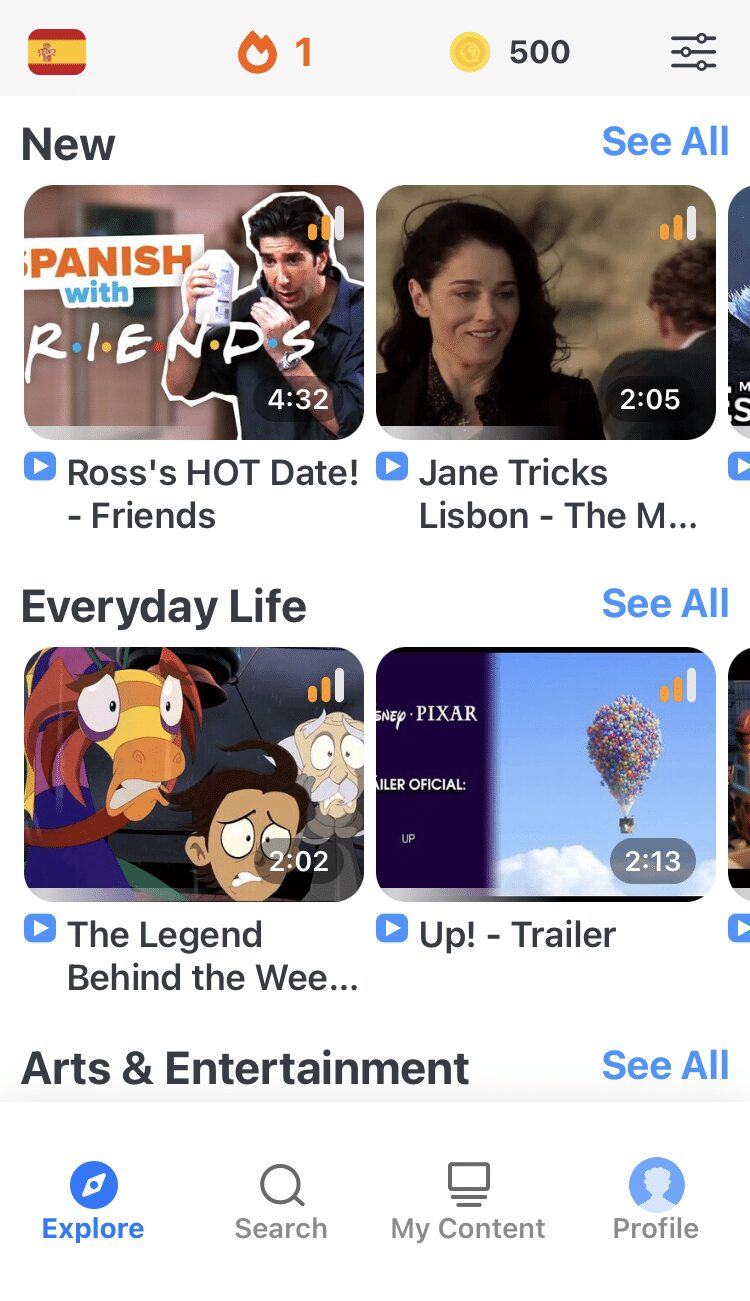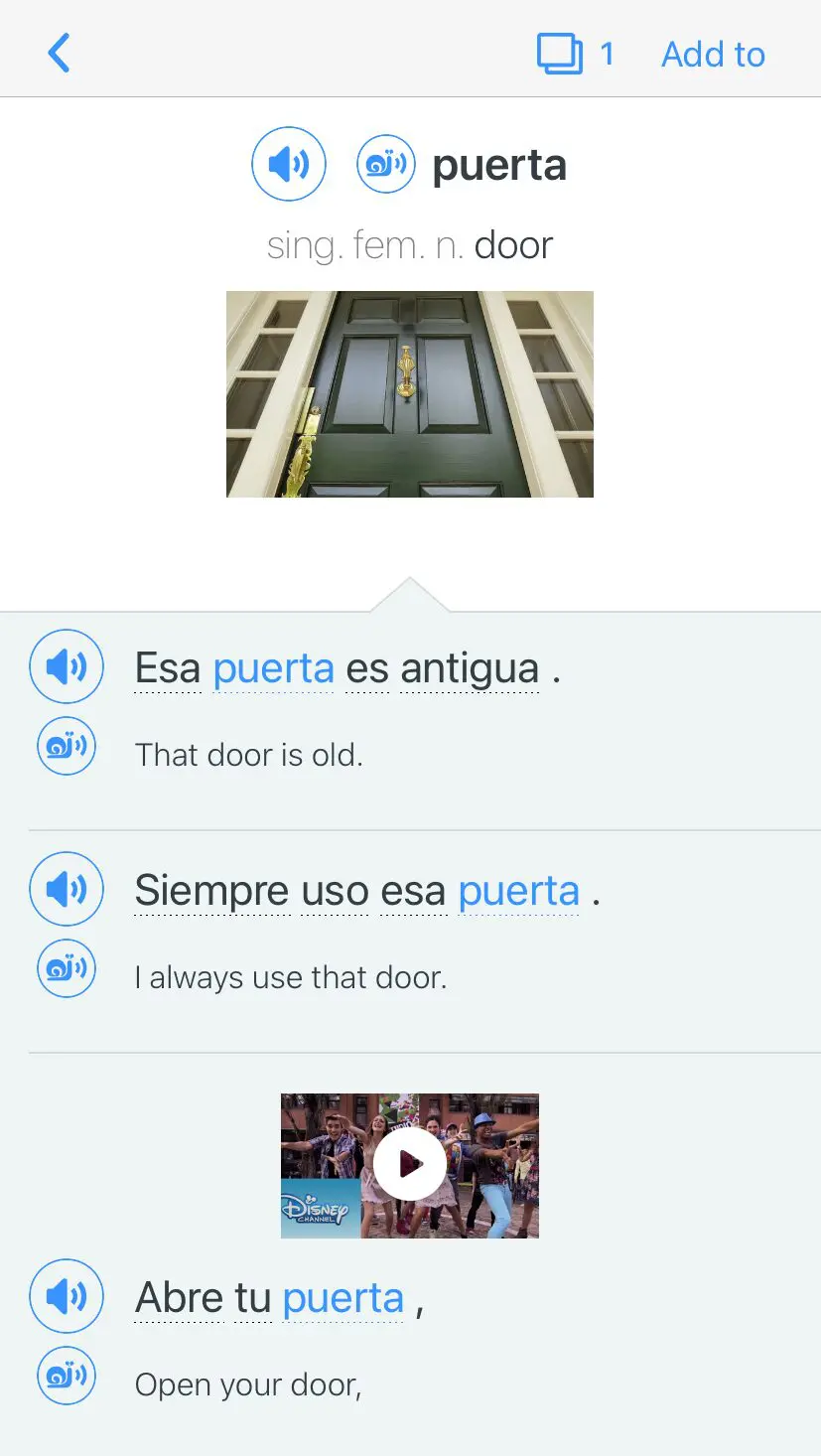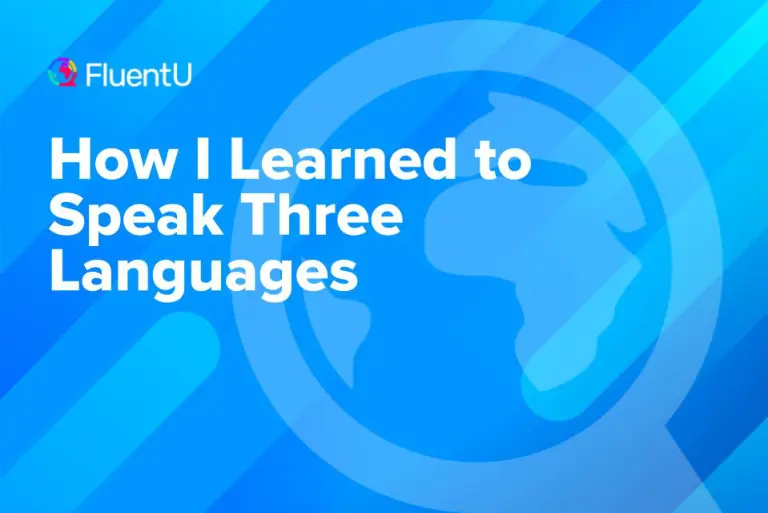How to Stop Translating Everything in Your Head and Break the Habit

Translating in your head isn’t all that bad. In fact, when you’re just starting to learn a foreign language, your habit of mental translation is actually beneficial. However, eventually it can begin to hold you back.
So, let’s get past it and start thinking in your new language. Here are three ways to help you stop translating in your head for good.
Download: This blog post is available as a convenient and portable PDF that you can take anywhere. Click here to get a copy. (Download)
Ways to Stop Translating in Your Head
Fortunately, there are a multitude of ways for you to break out of that habit and we’re going to show you a few of the best methods. Hopefully some, if not all of these will work for you.
Whatever solution you choose, remember that practicing with your foreign language a lot is necessary.
1. Try word association
The first method you could try is image association. In the beginning of your language learning experience, you’ll probably find that you tend to associate new foreign words with the equivalent in your native tongue.
Instead of allowing yourself to do that, try associating a word with a clear image or feeling instead. This technique has been proven to work better than simple translations.
For example, instead of associating the Portuguese saudade with the English word “longing,” try to really understand the feeling of missing someone or something that exists far away in time or space, if it exists at all.
Instead of associating words such as the Spanish word perro with the English “dog,” try actually picturing a dog in your mind instead.
This simple change in your learning technique will aid you greatly when you start using what you’ve learned out in the real world.
When you actively utilize association in your language studies, you’ll stop having to filter and immediately match the word with a meaning.
2. Use sticky notes to your advantage
A second method and a classic, is to stick sticky notes on everything around you! Okay…maybe not everything per se. Just plant a sticky note on objects you want to learn the foreign name of.
You can make your own or you can use the wonderful Vocabulary Stickers, which has the labels already made for you!
If you’re learning Italian, you’ll want a sticky note with frigo or il frigorifero on your…you guessed it—fridge! Whenever you see that word out in the world, you’ll think of that object and know what it means…and that you’ll have to go grocery shopping soon.
You can take it even further after you’re confident with basic nouns and start adding things like adjectives, qualifiers, prepositional phrases or entire sentences, like “a soft couch,” “a very long table” or “I put the milk in the fridge.”
This is a great method to use in conjunction with the others, especially if you’re more of a visual learner and need a way to bridge the gap between what you read in textbooks and on apps with what you see in the real world.
When you repeat the words you see while looking at the objects they’re attached to, you’ll start to slowly wean yourself off of having to use your native language, because those foreign words you’re trying to learn will be attached to something you can easily visualize.
3. Narrate your everyday activities
This method is especially great for those who can easily understand what everyone is saying but seem to hit a mental block when it comes to expressing themselves.
When you hear those foreign words, you seem to understand them but when the time comes for you to talk, you’re at a loss and you resort back to translating to make sure you find what you believe to be the right words.
If that’s you, you definitely need to practice actually speaking without too many pauses. You can do it. After all, you already know the right words.
One of the best ways to practice is by narrating your every action, either out loud or in your head. You can start by being literal then eventually describe what you do, what you see, hear and feel in more detail.
After a while, when the time comes for you to actually have a conversation, you’ll find that you’re able to find the right words without ever having to really consider what they mean in your native tongue.
Maybe you come across something you genuinely don’t know how to describe without resorting back to your native language. There’s a solution that doesn’t require you to cheat like that.
Monolingual dictionaries are a fantastic way of learning without translating. For example, there’s Vocabulary.com for English, Zdic.net for Mandarin and many more.
There are a lot to choose from, and best of all, they come as apps now! They’re also a great way of gauging your progress. The more clear a definition is to you, the more fluent you’ve become.
Why You Should Stop Translating in Your Head
Real translation is accurately articulating a feeling or a concept in another language. That’s useful, of course. It allows things like classic literature to be accessible to speakers of all languages.
But that’s not exactly what you’re doing at this point in your language learning experience, if you’re not currently a professional translator.
Here are some reasons why it’s not helpful in the long run:
- What many language learners do, especially at the beginning, is try to find the words in their native language and then settle for the direct translation without considering context or nuances.
- Because of all the differences that exist between languages (word order, verb tenses, cases, etc.), trying to go back and forth becomes cumbersome and unnecessary.
- The whole process ruins any social experience you’re having and it’s just exhausting. This can also be the case while you’re reading texts.
- You also have to consider the fact that not every word you come across is going to be completely translatable. There are some words that just don’t exist in other languages.
The best way to stop translating is to surround yourself completely with the language if you can. You’ll stop translating over time as you grow accustomed to foreign words.
An additional way to do this is to try an immersion program such as FluentU so you can increase your exposure to the target language.
FluentU takes authentic videos—like music videos, movie trailers, news and inspiring talks—and turns them into personalized language learning lessons.
You can try FluentU for free for 2 weeks. Check out the website or download the iOS app or Android app.
P.S. Click here to take advantage of our current sale! (Expires at the end of this month.)
All of these methods will help you do just that if you’re unable to travel or engage with a community of native speakers. There’s always a way.
One final solution to this problem is to just let it run its course. Sooner or later, as long as you keep studying and trying, you’ll stop translating. It’s inevitable.
Download: This blog post is available as a convenient and portable PDF that you can take anywhere. Click here to get a copy. (Download)
And One More Thing...
If you want to learn a new language with real-world videos, let me tell you about my favorite language-learning tool–FluentU.
With FluentU, you can turn any subtitled YouTube or Netflix video into an interactive language lesson. That means you’re not just studying a language—you’re experiencing it exactly as native speakers use it.
No boring drills. No dry textbooks. Just the kind of content you’d actually watch anyway, but with tools to help you learn. My favorite feature lets you import YouTube videos directly into your FluentU account.
And that’s just the beginning! You can also check out our extensive video library packed with music videos, movie trailers, news clips and more!
Everything is organized by difficulty level, media type, and topic, so you can easily find videos that match your interests and skill level.
Personally, I love watching clips from movies and shows where there’s plenty of slang and expressions that will help you understand native speakers–and sound more like them!
As you watch, you’ll follow along with interactive, dual-language subtitles. Come across a new word or phrase? Just hover over it for an instant translation or click to hear its pronunciation, see example sentences, and more.
Once you’re done watching, FluentU reinforces what you’ve learned by showing you more examples of key words and phrases from the video—then quizzes you to check your understanding. You’ll even get extra practice with tricky words and reminders when it’s time to review.
We know what it takes to make real progress in a new language, and we’ve built FluentU to help you get there. You can use FluentU on your computer, tablet, or download our app from the App Store or Google Play.
Ready to start learning? Click here to take advantage of our current sale (it expires at the end of this month). And your first 2 weeks are free!












